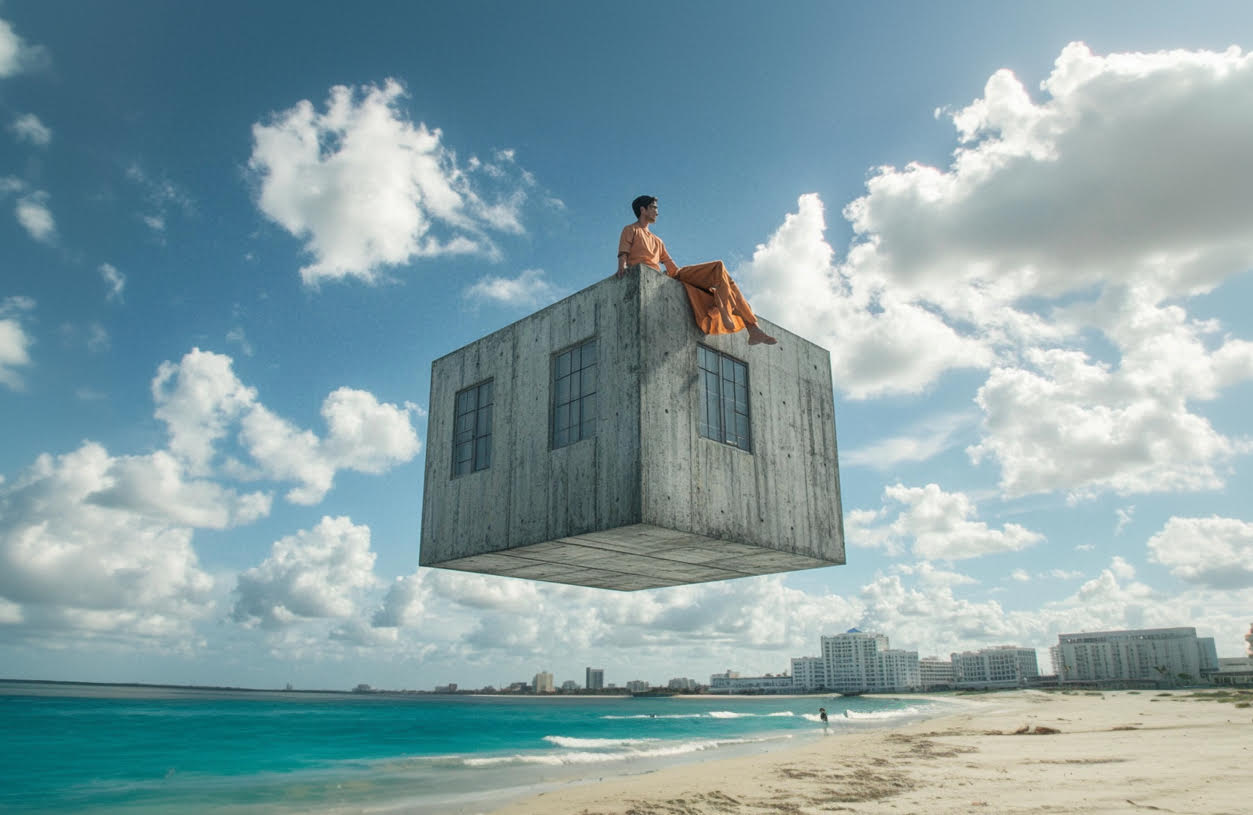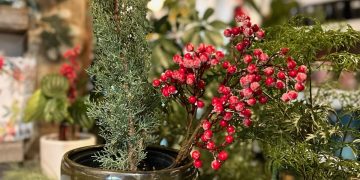
Modern life may have caught up with political polling. Just as they have shaken up industries and activities from newspapers to taxis, from telephones to shopping, today’s technologies are making old reliable survey research techniques and tactics obsolete or inaccurate.
That’s one big reason California has wild variability this spring in political polls leading into next month’s primary elections for governor and the U.S. Senate, especially for governor.
In the space of two days in late April, the Survey USA polling firm found Lt. Gov. Gavin Newsom leading with 21 percent support from likely voters to 18 percent for former Los Angeles Mayor Antonio Villaraigosa and 15 percent for mostly self-funded San Diego County businessman John Cox. Newsom and Villaraigosa are Democrats; Cox a Republican. Running fourth was Orange County Republican Assemblyman Travis Allen with 10 percent, just one point ahead of Democratic state Treasurer John Chiang. The top two vote-getters in the June 5 count will make the November runoff election.
But just one day later came very different results from the UC Berkeley Institute of Governmental Studies poll, run by Mark DiCamillo, former head of the longtime and usually reliable California Field Poll, which no longer conducts surveys on public affairs.
That gauge, like every other of the last 18 months, showed Newsom ahead, but with 30 percent support, almost 50 percent more than reported the previous day. The really big difference came in the next three slots, which were completely scrambled from every previous poll. Cox was now second, with 18 percent, while Allen vaulted past Villaraigosa to a 16 percent showing and the ex-Los Angeles mayor plummeted to 9 percent, with others far behind.
About two weeks earlier, still another poll from the Public Policy Institute of California put Newsom ahead and Cox and Villaraigosa in a virtual dead heat for second, with Allen well behind.
Never in a half century of political polling has California seen such variance.
Most likely, it’s because of greatly varied techniques used by the three most significant outfits working here. Survey USA, whose national results in 2016 were as close as anyone’s to the actual outcome, uses many “robot” phone calls, trying to reach cell phone users who now dominate telephonic communications. Fewer than half of Californians now have land lines.
The PPIC uses a lot of live callers, while the Berkeley IGS poll employs mostly email.
“Let’s wait until after the election to see which is best,” says DiCamillo, perhaps a little irritated that some academics quickly called his results “peculiar” and “an outlier.”
DiCamillo says it’s not merely technology, but also telephone users’ preferences that have upset the pollsters’ apple carts. “A declining share of voters are willing to participate when called randomly,” he said. “Forty years ago, about two-thirds of people called would take part. Now cooperation rates are below 10 percent. A lot of people simply screen our calls out.”
This forces pollsters to experiment while seeking a method that matches the old reliability once generated by his former California Poll, founded by the late Mervin Field, DeCamillo said.
“Polling is at a crossroads,” DiCamillo concludes. “That’s why we’re trying the internet. It gives us a lot of advantages.”
For one thing, he said, it allows for listing all candidates, not merely those with the most money or prior prominence. That’s probably why his Berkeley IGS survey had little-known Republican James Baldwin in a statistical second-place tie with the far better-known Democratic state Sen. Kevin de Leon, both far behind incumbent Democratic Sen. Dianne Feinstein in the primary run for the U.S. Senate. No other poll has even listed Baldwin, whose fund-raising is so slim he hasn’t needed to file reports with the Federal Elections Commission.
“It’s very different from doing it by phone,” DeCamillo said, describing his panel of likely voters as chosen both for willingness to participate and their past primary election voting history. They also must list an email address on their voter registration forms, something many longtime, regular voters never did.
So it’s a brave new world for the pollsters, and as DiCamillo said, the proof will be in the pudding, when real votes are counted on Election Night.













